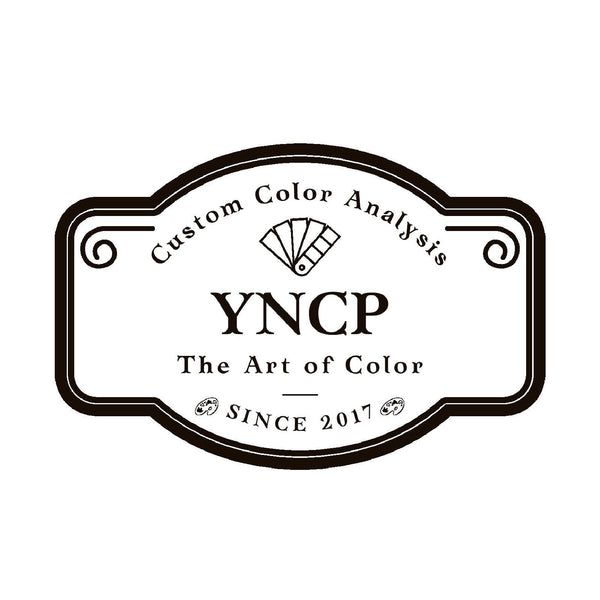You may have heard the rumors that certain color types can't have a particular eye color or that color analysis is outdated. Today I am going to debunk these myths.
Myth #1: Some Color Types Cannot Have Brown Eyes

What the what?! This has got to be the most ridiculous thing I have ever heard in my life. All color types can and do have brown eyes. The truth is you can find any eye and hair color in any undertone. Blue-based brown eyes range from light to dark and contain reddish hues giving them a rosewood-like appearance or they can contain lemon yellow which is slightly greenish. Yellow-based brown eyes appear more orange or golden yellow.
The lightness, darkness, brightness, or softness of one’s coloring does not determine color type. Only undertones do.
Myth #2: Red Hair is Always Warm

This may sound crazy, but red hair can be blue-based. You read that right. Not all redheads have yellow undertones. Hair that is auburn or chestnut with a pinkish rather than orange tone is blue-based.
Myth #3: Neutral Skin Tones

I know a lot of cosmetics brands label some of their products as having a neutral undertone. The truth is all human coloring is either blue-based or yellow-based. Each person has their unique brightness and depth, which you can read more about in my previous article. But, they also have a main overall undertone. I have yet to find someone who is 100% neutral.
A neutralized skin tone is just less obvious. This has to do with skin density. The more opaque the skin is the less obvious the undertone may be. However, upon careful examination you will find that the skin is either leaning towards blue or yellow. The person's eye color is a key indicator.
Myth #4: Color Type Is Based on One Feature

Some color systems believe that only your hair color determines your color type or only your eye color. I believe eye color is one of the best indicators because unless you are wearing colored lenses, the colors remain fairly constant and don’t lie. Hair and skin color are both factors as well. The colors in all three characteristics harmonize with each other and are what make up your coloring. You cannot discount or ignore any of them.
Our coloring isn't always as typical as we think it should be. If you are struggling to see your undertones I can help.
Myth #5 - Color Analysis is Old and Outdated

Color analysis dates back to the dawn of the commercial beauty industry in the 1920s. It was widely used by fashion and costume designers, which is why classic Hollywood beauties such as Rita Hayworth, Marilyn Monroe, and many others always looked so amazing. Watch "Singin' in the Rain" from 1952 and you will notice that Gene Kelly and Donald O'Connor are both dressed in their correct colors in each scene. Costume designer Walter Plunkett and his team of stylists knew what they were doing.
It wasn't until the 1970s that color analysis, especially at-home analysis, became popular and hit the mainstream thanks to Bernice Kenter's book 'Color Me a Season' and Carole Jackson's book 'Color Me Beautiful' and The Suzanne Caygill Method. If you are interested in historical beauty and Fashion then I highly recommend that you check out Glamour Daze. They have a comprehensive collection of historically accurate beauty guides from the 1920s through the 1970s.
The older color analysis systems did focused a lot on hair color, which is outdated and limiting. However, they agreed that everyone has some warm colors and cool colors that look good on them. Some current systems are overcomplicated and also limiting in some ways.
Just because something has been around for years does not mean it is outdated and no longer useful. The entire cosmetic, fashion, and interior design industries revolve around color and have relied heavily on color experts to help design the products used in those industries. Who do you think helps design paint swatch fans? That's right! Professional color consultants.
Color is everywhere and in everything. It is why I use the original scientifically proven color system developed by Robert Dorr. The colors you wear and how you decorate your home must be customized to you. Dorr's color science ensures that the colors chosen are harmonious based on their common undertone.
If you want to understand color analysis and color science then I highly recommend you read the book Beyond The Color Explosion: The Color Key Program by Renae Knapp.
I hope the above has answered some of your questions and cleared up any confusion you may have had about personal color analysis.

